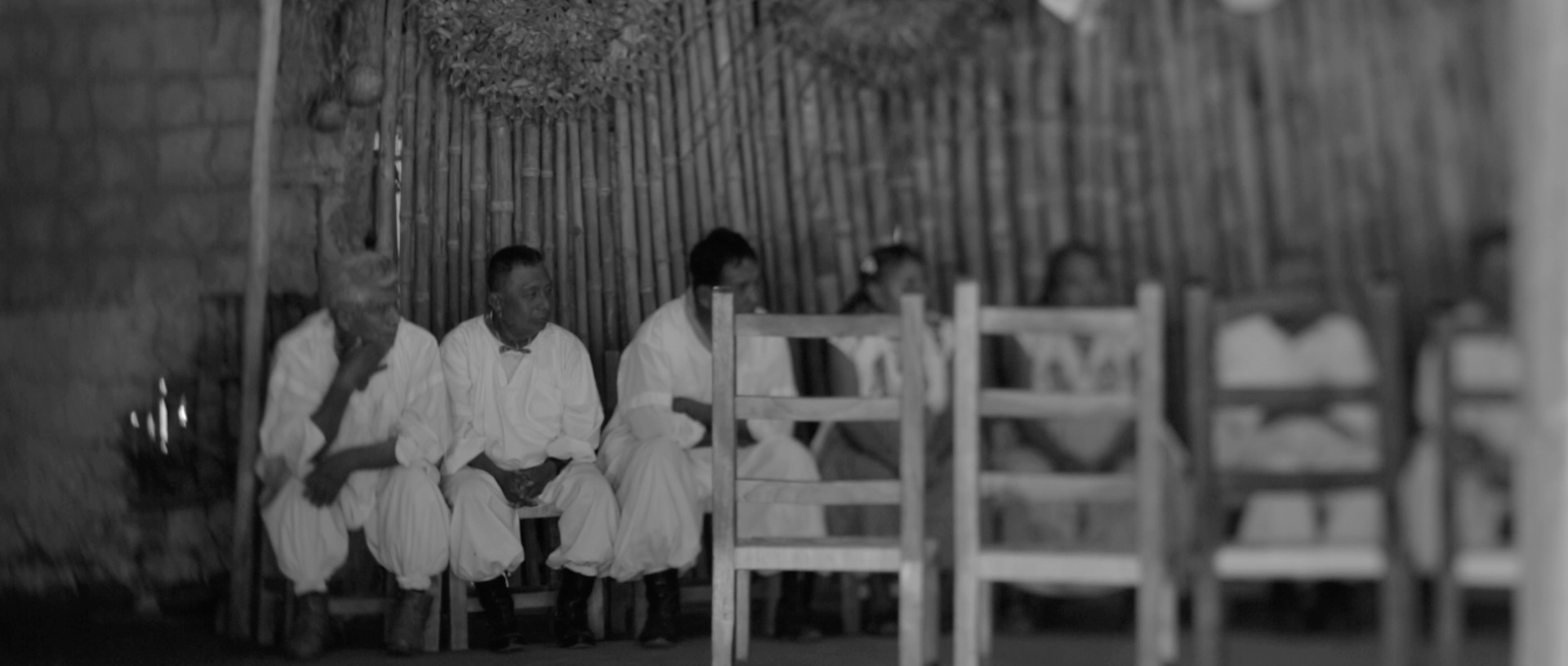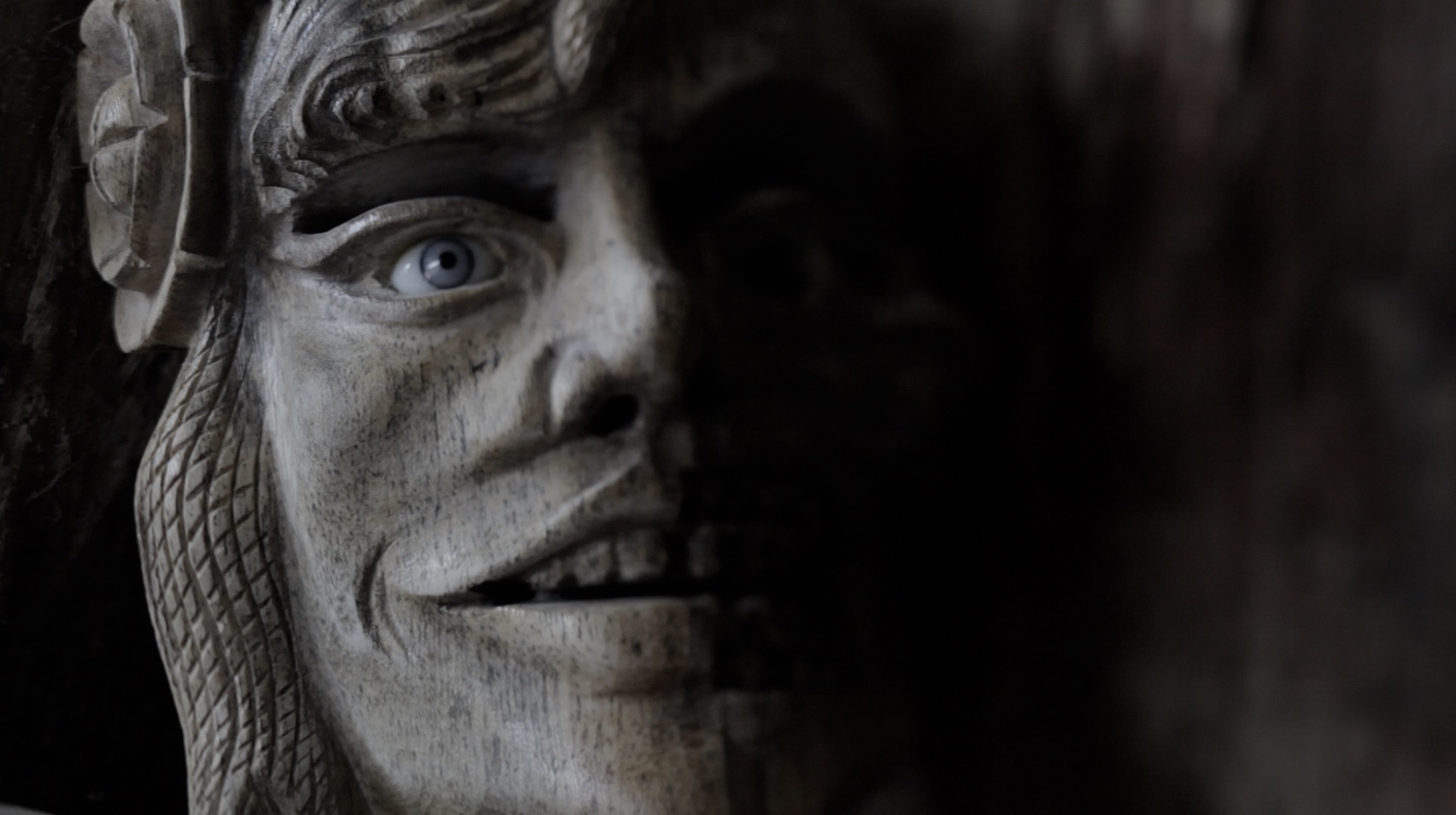In the heart of Mexico’s indigenous communities, time is not measured solely by calendars, but by the continuity of life through memory, counsel, and care. In these cultures, grandparents are not only family figures; they are guardians of history, bearers of ancestral knowledge, and pillars of the community fabric. Unlike the individualistic visions of the modern world, where aging is associated with retirement and separation, in many Mexican indigenous communities, older adults remain active, necessary, and deeply respected. Their wisdom never expires: it is cultivated, shared, and celebreted.
Grandparents hold a central place as transmitters of customs, native languages, rituals, and ways of life that have withstood the passage of time and the threats of oblivion. They are the ones who teach their grandchildren to listen to the earth, to respect the cycle of life, to give thanks with offerings, and to understand the balance with nature. Their blessings are not just words, they are symbolic acts that convey protection, spiritual energy, and a connection to the sacred.
In homes, around the hearth, or on walks in the countryside, elders share advice born from experience, not from books; stories that teach without imposing, and customs that are lived rather than explained. In many communities, such as the Nahua, Zapotec, Mayan, and Wixárika, the tradition of tequio, collective work, and hierarchical respect in which the voice of the elder guides community decisions are kept alive. Their role in rituals, such as prayer, healing with plants, or spiritual appointments, is essential.

“When I was a child, I loved sitting next to my grandmother while she shelled corn. Her hands were strong, yet gentle. Each movement had a rhythm, a patience that only years can bring. Between the corn and the silence, she told me stories that weren’t in books. Over time, I understood that those words weren’t just tales, but part of a deep, ancestral knowledge.” – (A granddaughter, in a community)
This type of bond between grandparents and grandchildren, where daily life is a form of teaching and affection a form of wisdom, is common in many Indigenous cultures in Mexico. Unlike the Western model, where aging is often associated with a loss of productivity, among Indigenous peoples, old age is synonymous with fulfillment. Grandparents don’t retire; they become guides. The advice of elders is listened to with respect because their words are born of time and experience.
In many Indigenous communities in Mexico, such as the Totonacs of Tajín, the Nahua of Puebla, or the Otomi of Hidalgo, older people are pillars of collective memory. They are not considered “old” as a synonym for obsolescence, but as wise people, as bearers of time.
For several generations, Totonac elders have had the desire to continue preserving their customs and lifestyle through the creation of an educational institution to transmit their teachings, their art, their values, and their culture, while also providing favorable conditions for the development of Indigenous creators. Thus, the Center for Indigenous Arts (CAI) was born. This traditional settlement is comprised of “school houses.” Each “house” specializes in different Totonac arts such as ceramics, textiles, painting, healing arts, traditional dance, music, theater, and cooking.
“…In the Totonac world, knowledge is not accumulated, it is shared, and whoever has lived longer, has listened more to the world” – (Marquina, 2010).
Kantiyán, or the House of the Grandparents, is not a conventional school, but a center of community wisdom, where teaching is not based on books or blackboards, but on life itself, on oral tradition, experience, and example. It is the headquarters of the Napuxkún Lakgkgolon, the Council of the Twelve Grandfathers and Grandmothers, who have the enormous responsibility of guiding new generations of Indigenous creators. This council not only serves as a consultative or representative body: it is a moral and cultural institution that makes decisions about the life, art, and spirituality of the Totonac people.
The Council is made up of twelve elders—six women and six men—who have been recognized by their community for their wisdom, integrity, and dedication to safeguarding traditions. They are bearers of knowledge related to the Totonac language, traditional medicine, sacred rituals, dance and music, ancestral agriculture, and the education of children and youth.
They represent the balance between the masculine and the feminine, between oral tradition and everyday action, between the past and the future. The number twelve is not accidental: it is related to the cycles of time, such as the months of the year and the seasons. Teaching in Kantiyán does not seek to train professionals, but rather conscious human beings, rooted in their culture, respectful of the environment, and committed to their community. Learning occurs through intergenerational coexistence, collective work, rituals and ceremonial words, and community artistic practice (music, dance, pottery, embroidery, etc.).

Instead of exams, participation, listening, humility, commitment to the land, and community service are valued. Kantiyán is part of the Center for Indigenous Arts (CAI) in Papantla, Veracruz, recognized by UNESCO as a unique Indigenous educational model. The CAI houses various “school houses,” and the House of the Grandparents is its spiritual core. This institution represents a form of resistance against hegemonic educational models that often ignore or exclude indigenous knowledge.
“Kantiyán doesn’t just teach trades or languages, but a way of being in the world. Grandparents don’t transmit content, they transmit consciousness.” – (González, 2016)
In the Nahua communities of the Sierra Norte of Puebla, grandparents are responsible for teaching herbal healing, the meaning of dreams, and the correct way to speak to the corn when it is planted. They are the ones who bless children with copal, who pray when there is illness or drought. The care they provide is not only physical: it is spiritual. As a saying I heard in Cuetzalan goes: “He who does not listen to his grandparents, walks without a shadow.”
Care between generations is not one-way. In many Nahua communities, grandchildren also care for their grandparents, not only physically, but also emotionally and spiritually. They accompany them in rituals, help them prepare traditional medicine, and read their letters when they arrive from the government. Reciprocity is not an obligation: it is a value that organizes community life. We care for those who cared for us before, because in that gesture, the continuity of life is honored.

In the Otomi communities of Hidalgo, the transmission of the Hñähñu language is a form of resistance passed from grandparents to grandchildren. The words carry with them a way of seeing the world. In these communities, grandparents not only provide care; they are also cared for, accompanied, and celebrated at festivals and in daily work.
“When my granddaughter speaks my language, my heart lives another day.” – (Otomi grandmother)
During an Otomi ceremony in San Ildefonso Tultepec, an elderly woman, Doña Martina, was called to the center of the ceremonial circle to “give the floor.” Her voice was soft, but everyone remained silent. Her message was neither long nor embellished. She said simply: “Listen to the wind, for it is through it that our dead speak. Do not forget them, do not forget us.” Contained in those words was an entire philosophy of time, of the connection between past, present, and future.
In these traditions, the figure of the grandfather is also a bridge to the invisible. They know how to read the signs of the sky, interpret dreams, and know when to ask permission from the mountain. Their wisdom is not only practical: it is spiritual, ethical, and symbolic. Their presence sustains collective identity.
“…in indigenous tradition, the elderly are a symbol of balance, of profound knowledge. They are not someone who ceases to be useful, but rather someone who begins to be indispensable” – (León-Portilla, 1992).

Today, in a world where haste robs us of time to listen, these forms of intergenerational coexistence offer us a vital lesson. It’s not just about preserving traditions, but about recognizing that grandparents hold knowledge that isn’t learned in school: how to live with the land, how to heal with our hands, how to speak with respect.
Returning to grandparents is also a way of returning to ourselves. Of remembering that every seed needs shade to grow, and that the roots that sustain us are alive as long as we listen.
Furthermore, in a country marked by processes of migration, territorial dispossession, and cultural transformation, grandparents have become a kind of living resistance. They are the ones who care for the roots while new generations explore new paths. In many cases, they are the ones who physically care for their grandchildren while their parents work, but they are also the ones who culturally protect families by keeping traditional knowledge alive: embroidery, corn cultivation, traditional medicine, knowledge of the stars, or the art of storytelling.
This connection between generations is not only emotional: it is deeply political and cultural. Caring for grandparents also means caring for collective memory, community thought, and Indigenous identity. Listening to them, accompanying them, and learning from them is not a gesture of charity, but an act of reciprocity. They cared before, now we care. In this cycle, life takes on meaning and continuity.
Today, faced with the challenges of modernity, it is more urgent than ever to revalue this intergenerational bond. The teachings of Indigenous grandparents are not only important for their peoples, but for the entire world, as they remind us that the future is built with deep roots and ears attentive to the past.
References:
• León-Portilla, M. (1992). The Ancient Mexicans: Time, Space, and Man in Ancient Mexico. FCE.
• Marquina, I. (2010). The Ritual of the Volante and the Totonac World. UNAM.
• Gutiérrez, A. (2009). Indigenous Knowledge: The Advice of the Elders. UAM-Xochimilco.
• Totonacapan Indigenous Arts Center. UNESCO, Intangible Cultural Heritage.
• González, C. (2016). Indigenous Education from the Heart: The Model of the Indigenous Arts Center. Ibero-American Journal of Education.
Indigenous Arts Center
Poza Rica-San Andrés Highway, Km 17.5, 93479
Papantla De Olarte, Veracruz-Llave, Mexico.
Tel. +01 (782) 821 7089
Email: centroartesindigenas.contacto@gmail.com
Facebook: Indigenous Arts Center


